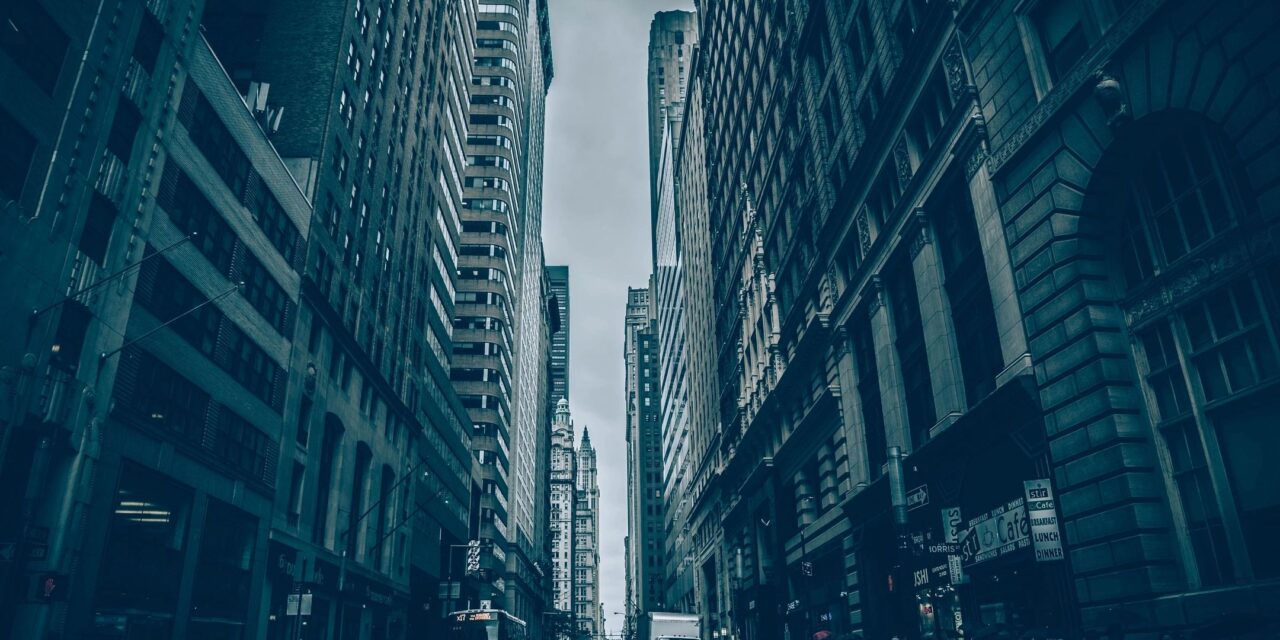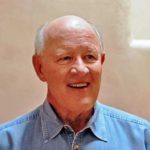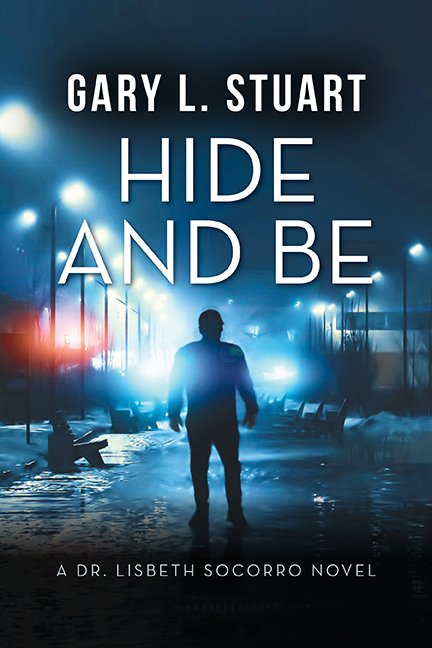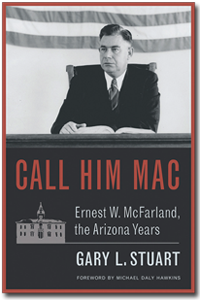Authors are asking, what the heck is “autofiction.” Turns out it’s a hybrid. A cross between fiction and creative writing about an author’s life. Like someone else writing your memoir their way and making stuff up along the way. The linchpin is built-in marketing appeal driving reader interest in you as a personality.
Readers ask which particular authors are worthy of being written about even if some are make-believe. The question they should ask is whether the book is by the author, about the author, and intended for the author. If the answer to the first question—particular authors—is on the NYTimes Best Seller list then have at it. It’ll be a good read. But if the autofiction is by the author him or herself, then hit pause, and read on. It might be good fiction but not autobiographical.
Autobiography is one thing. Autobiographical fiction is another. Autobiography is assumed to be truthful. Writing your autobiographical novel is not. In the latter, the author tells stories using made-up characters and events to “represent” an author’s actual experiences. It’s based in fact but not factual—or loosely based on real events versus serving as a true retelling of what happened.[1] Truth in today’s world is not the old-time truth. Today truth, particularly in political circles, comes in many colors—red—blue—purple—ghostly white—pitch black, and murky.
Actual truth is the body of real things, events, and facts. It actually exists. Fiction is not true, by design. Truth is the state of being the case—a fact. It can have a transcendent fundamental or spiritual reality. Some religions are more truthful than others. That is often a matter of judgment, proposition, or ideas that true believers accept as truth. If a person gives fidelity to a standard, it is their truth, which might not be widely shared, but true to that person. Take Trump, for example. Please, take Trump.
Autobiographical fiction blurs the lines between truth and realistic fiction. “Think of realistic fiction as being a broader genre that could include autobiographical fiction but also any other fictional piece that’s based on believable events and our current understanding of reality. Its stories grounded in the world as we know it, with the sorts of problems, events, and relationships that many of us face in our day-to-day lives—or at least may conceivably face at some point. This rules out things like wizard school, zombies, and dragons, since, as far as we know. they don’t exist in our current reality.”[2]
And, just to show how narrow the spacing is, autobiographical fiction could be realistic and fantastical. “Fantasy fiction is a genre of writing in which the plot could not happen in real life, at least as most of us know it. Often, the plot involves magic or witchcraft and takes place on another planet or in another — undiscovered — dimension of this world. . . Many times, the plot also involves mythical creatures or talking animals that might wear clothes and live in houses, and witches or sorcerers.”[3] Former President Trump often calls out those who are witch-hunting him. He calls them deranged and horrible, very, very terrible. In fact, they are not deranged—that’s a psychiatric condition. But in his mind, they are both.
One of the most intriguing questions about Trump is whether he reads books—his own—other people’s books—or long-form writing of any type or genre. “The President Who Doesn’t Read, by David A. Graham, confirms knowledge by friends and foes that his allergy to the written word and his reliance on oral communication have proven liabilities in office.[4] Michael Wolff’s best-seller “Fire and Fury” confirms Trump’s indifference to the printed word has been apparent for some time, the depth, and implications of Trump’s strong preference for oral communication over the written word demand closer examination. He didn’t process information in any conventional sense,” Wolff writes. “He didn’t read. He didn’t really even skim. Some believed that for all practical purposes, he was no more than semi-literate. Wolff quotes economic adviser Gary Cohn writing in an email: “It’s worse than you can imagine … Trump won’t read anything—not one-page memos, not the brief policy papers, nothing. He gets up halfway through meetings with world leaders because he is bored.”[5]
Notwithstanding his reluctance to read books, he somehow manages to write them. That’s a paradox. Trump is his own paradox because of his seemingly contradictors and opposition to anything that is not good for him. His best-known book, The Art of the Deal, describes his personal and professional worldview. Reportedly, he has “authored” other books including Time to Get Tough, The America We Deserve, Think Like a Billionaire, How to Get Rich, Surviving at the Top, and The Art of the Comeback.[6] Trump hires ghostwriters and co-authors to write his books. If the co-author writes 99% of the text, and Trump writes 1%, they are co-authors. Sometimes, the ghostwriters are credited on the cover, while in other instances, including Time to Get Tough and Crippled America, he mentions their contributions in the acknowledgments sections.[7]
There are many other autofiction novels out. Here are five autofiction writers with a short explanation of what makes them “autofiction:”
“1. My Struggle series by Karl Ove Knausgård. These six books by Norwegian writer Knausgård’s are clearly labelled as novels but the protagonist’s name is the same as the author and the events written about are very much autobiographical in nature.
2. The Lover by Marguerite Duras. This 1984 work by acclaimed French writer Duras has been defined as a work of autofiction, even though the title character is not named. The events described in the book, however, very closely resemble the author’s experiences.
3. A Portrait of a Friend by Penti Holappa, Winner of the Finlandia Prize, this 1998 novel by Finnish author Holappa tells the story of a man who is madly in love with his friend. The protagonist shares the author’s name, and the story shares many similarities with Holappa’s own life – but there are some notable differences. The narrator underlines that he might not be remembering certain parts correctly – or that they may not be true at all.
4. The Red Book of Farewells by Pirkko Saisio in which the Finnish author completes her autofictional trilogy that depicts her life from childhood to adulthood. The protagonist carries the same name as the author, but sometimes Pirkko is narrated as “she”; other times as “I”.
5. I Love Dick by Chris Kraus. Now a successful TV series, I Love Dick is a 1997 novel that reveals its American author’s obsession with ‘Dick’ via a series of real and not-so-real memoirs.”[8]
From an ethical perspective, autofiction is not true, at least in the way most people differentiate truth from fiction. It’s called fiction for a reason—it’s not true. And when interpreted correctly, as a work in which everything is fictional, some actual truth is shared: the writer and the protagonist share the same name—author.[9]
[1] https://www.skillshare.com/en/blog/autobiographical-fiction-what-it-is-examples-and-how-to-write-it-yourself/
[2] Ibid.
[3] https://www.cliffsnotes.com/cliffsnotes/subjects/literature/what-is-fantasy-fiction
[4] https://www.theatlantic.com/politics/archive/2018/01/americas-first-post-text-president/549794/
[5] Ibid.
[6] https://www.barnesandnoble.com/b/contributor/donald-j-trump/
[7] https://en.wikipedia.org/wiki/Bibliography_of_Donald_Trump#
[8] https://www.storaenso.com/en/newsroom/news/2022/4/the-truth-about-autofiction
[9] Ibid.

I am an author and a part-time lawyer with a focus on ethics and professional discipline. I teach creative writing and ethics to law students at Arizona State University. Read my bio.
If you have an important story you want told, you can commission me to write it for you. Learn how.






 I am an author and a part-time lawyer with a focus on ethics and professional discipline. I teach creative writing and ethics to law students at Arizona State University.
I am an author and a part-time lawyer with a focus on ethics and professional discipline. I teach creative writing and ethics to law students at Arizona State University.  My latest novel is Hide & Be.
My latest novel is Hide & Be.  If you have an important story you want told, you can commission me to write it for you.
If you have an important story you want told, you can commission me to write it for you.